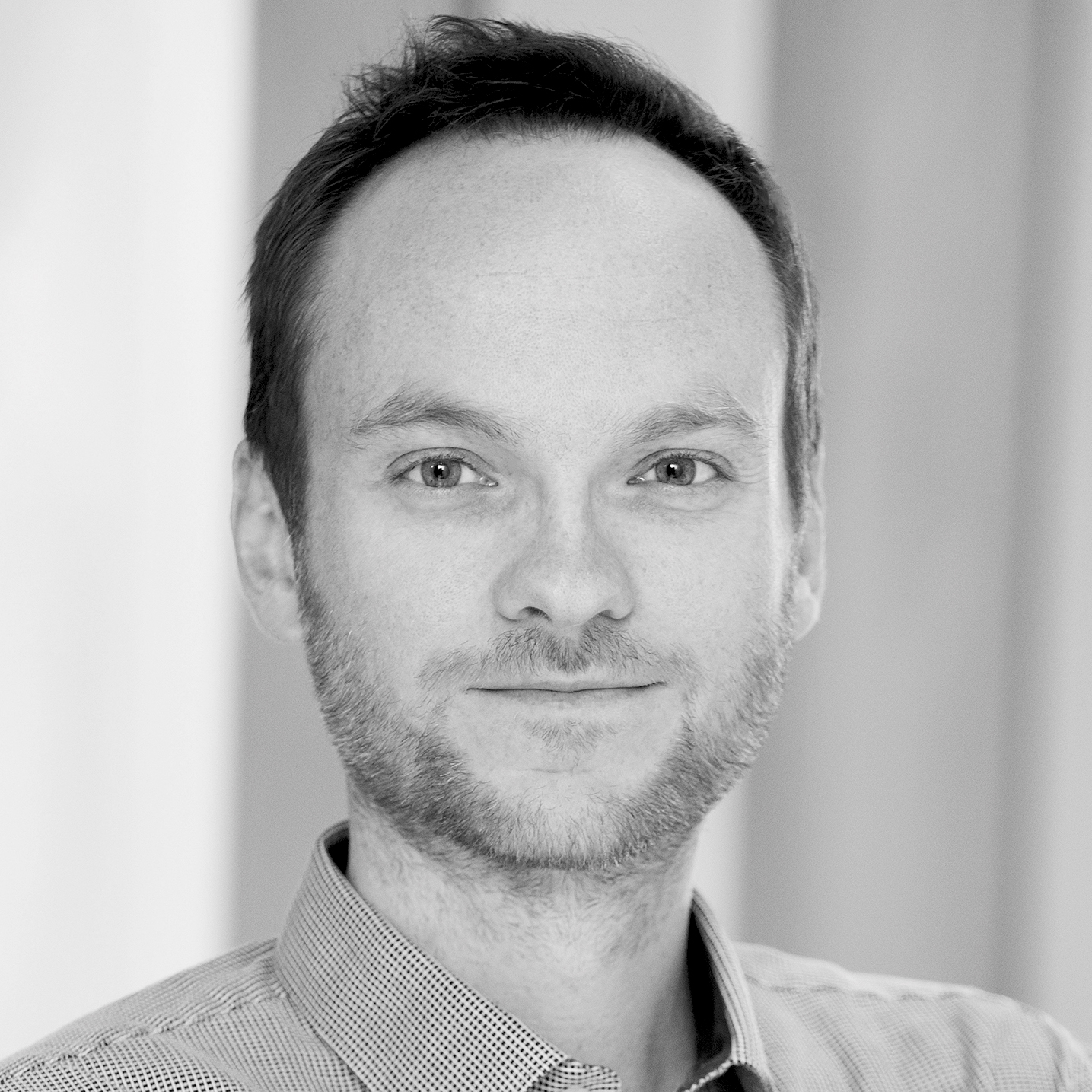Marco Smolla
Max Planck Institute for Evolutionary Anthropology. Leipzig, Germany.

I am computational and evolutionary biologist with a background in behavioural physiology and ecology. My research focusses on how we make culture and how this affects us.
I am developing simulation models and analyse existing data to study how culture emerges from individual and inter-individual actions and how it spreads in populations.
I explicitly model dynamic social networks to simulate real-world interaction and information sharing patterns that change over time. I am currently working towards a modelling framework that is more explicit about the process of learning, taking into account insights from developmental psychology, ethnography, and anthropology.
I was a member of the Theory in Cultural Evolution Lab (TICE) in the Deaprtment of Human Behavior, Ecology and Culture (HBEC) at the Max Planck Institute in Leipzig.